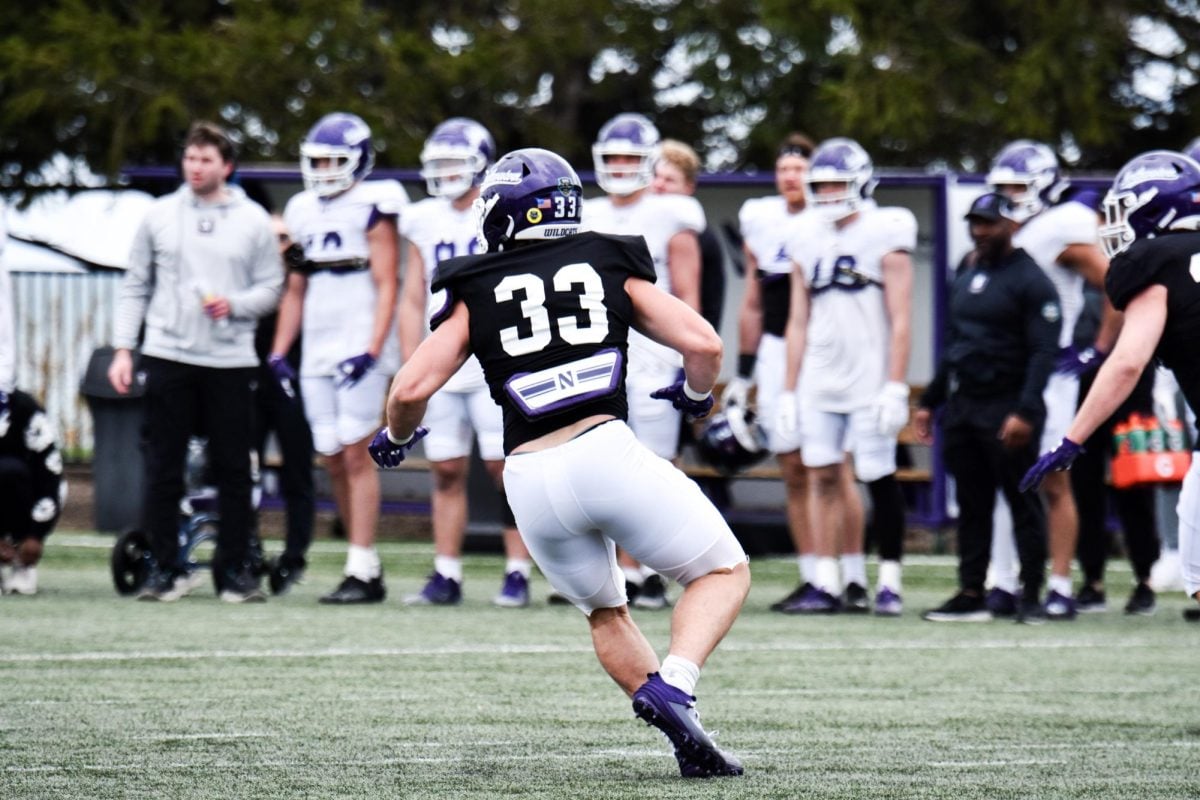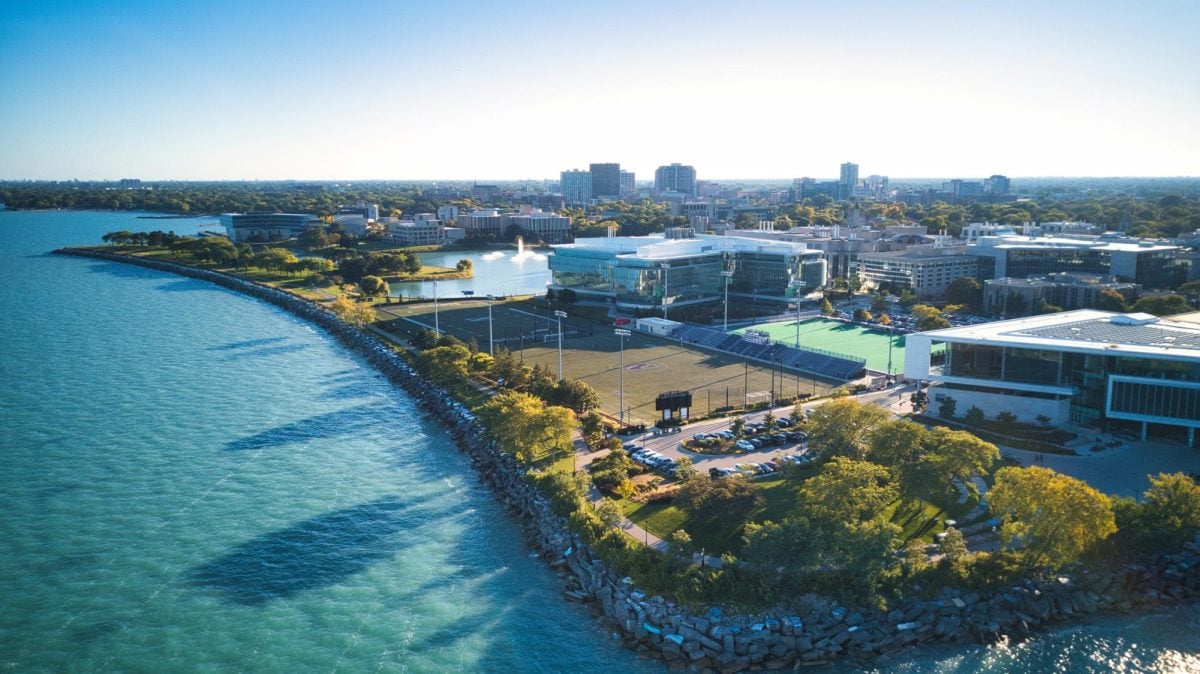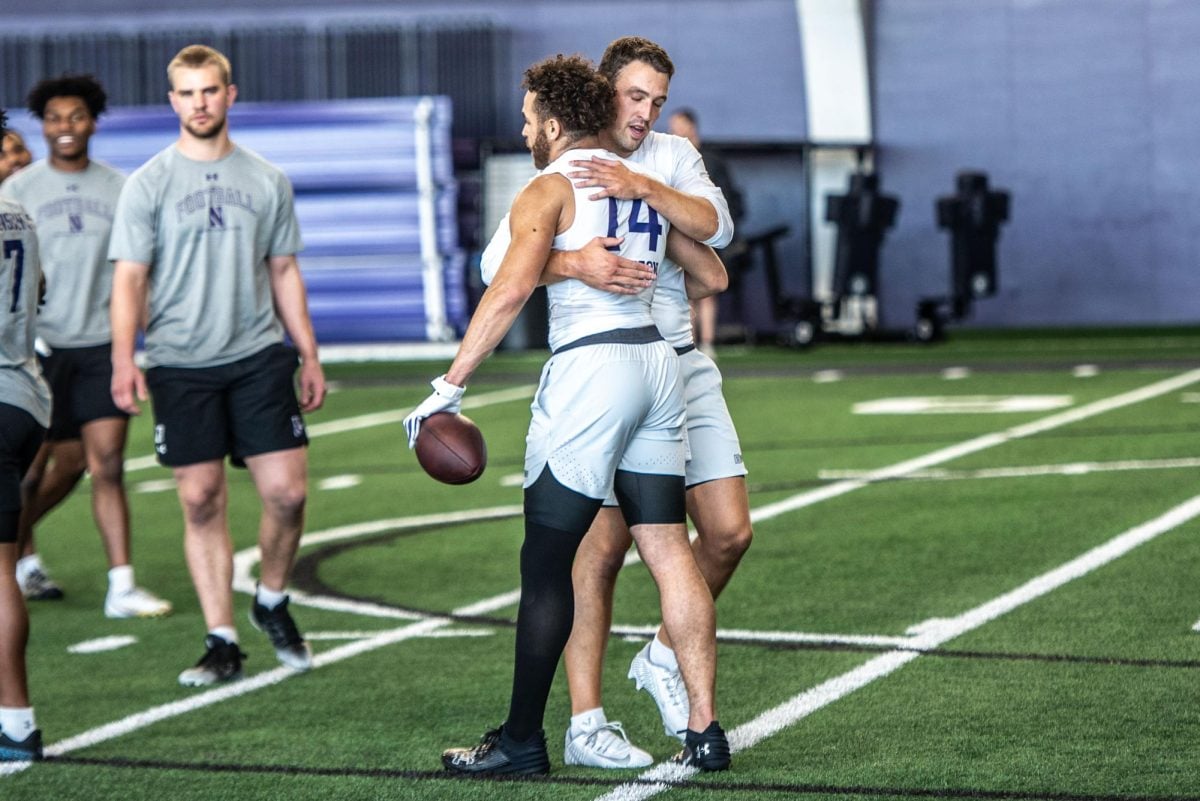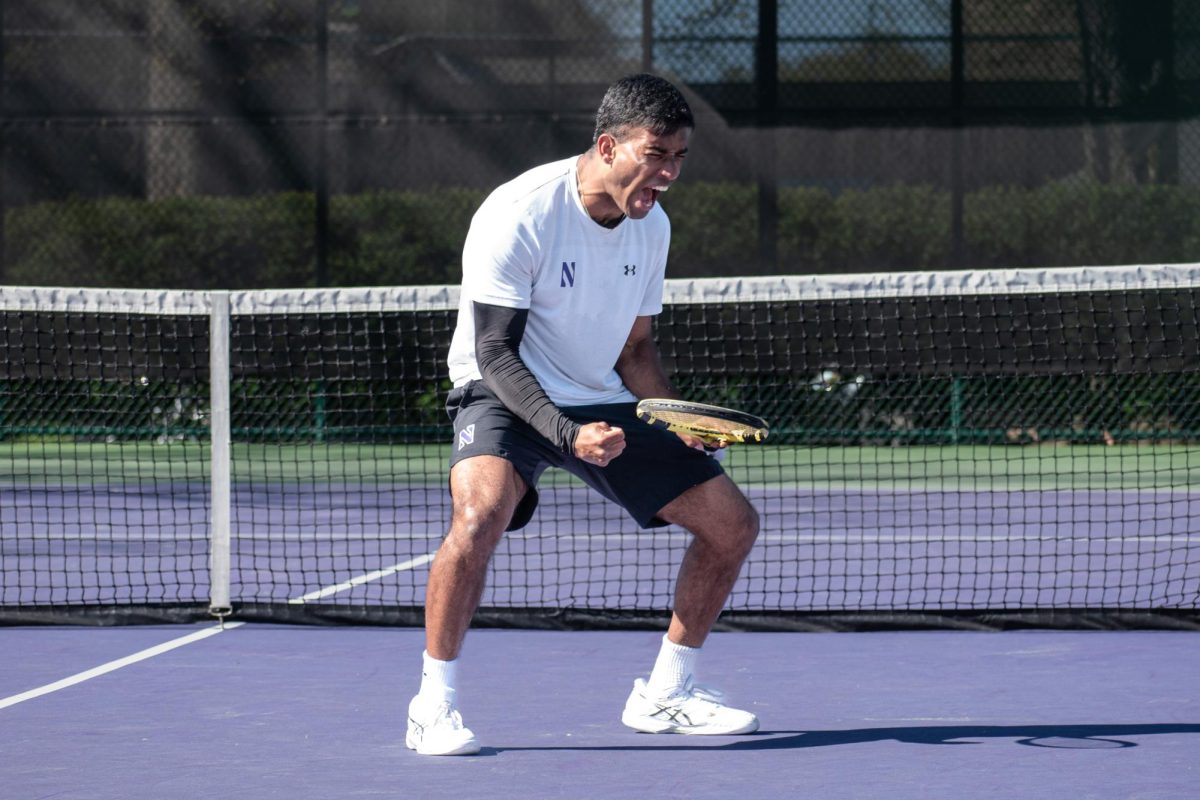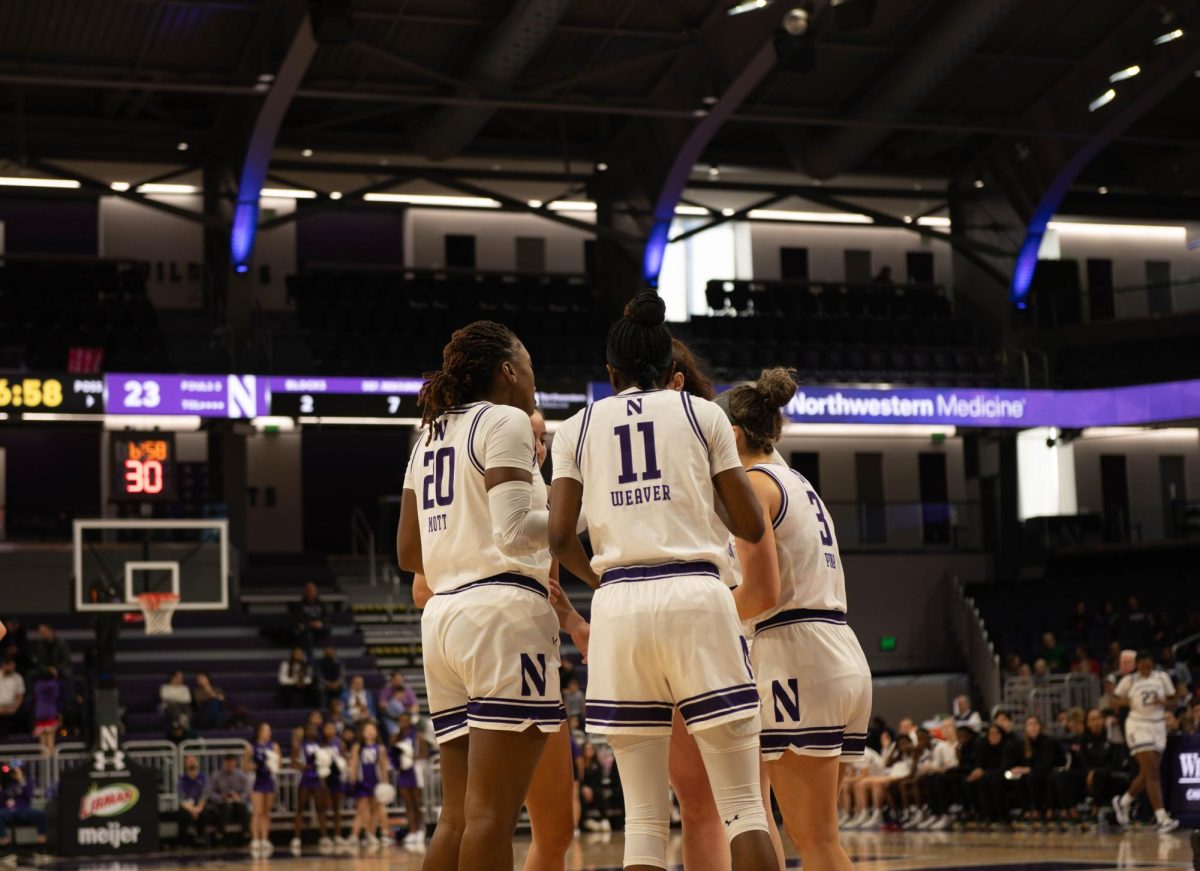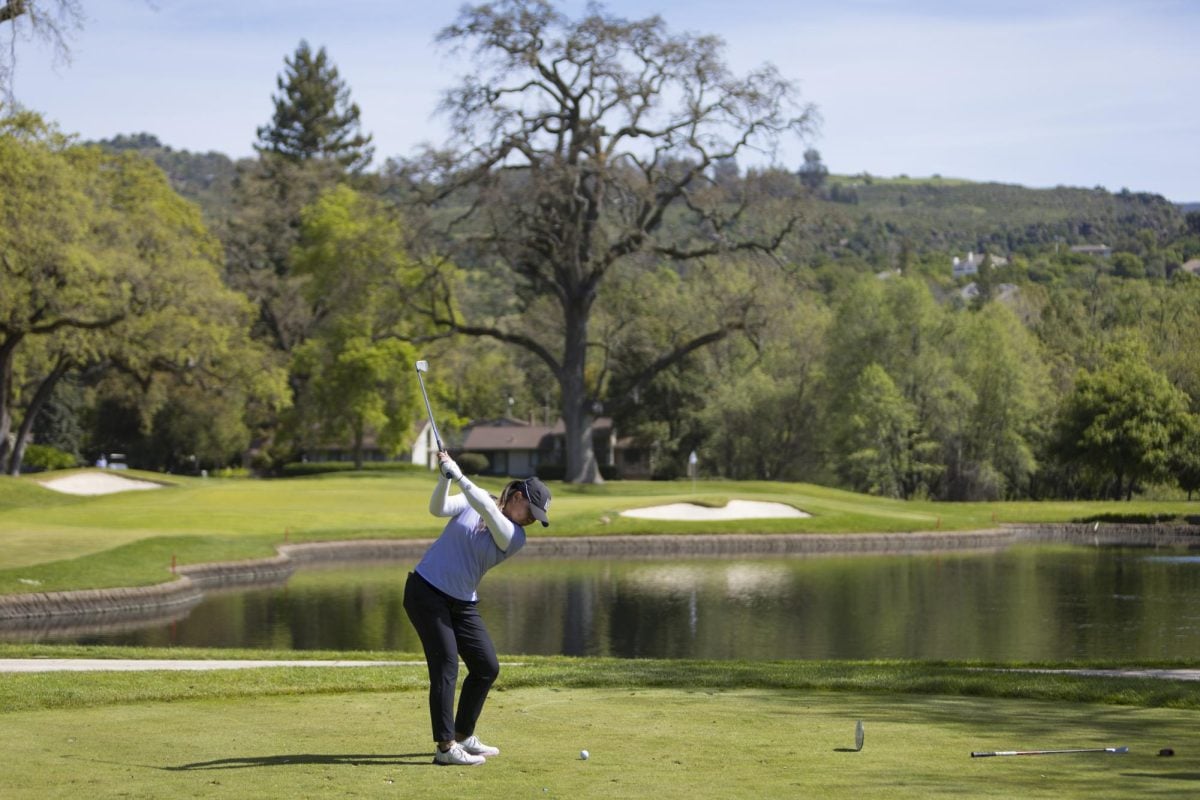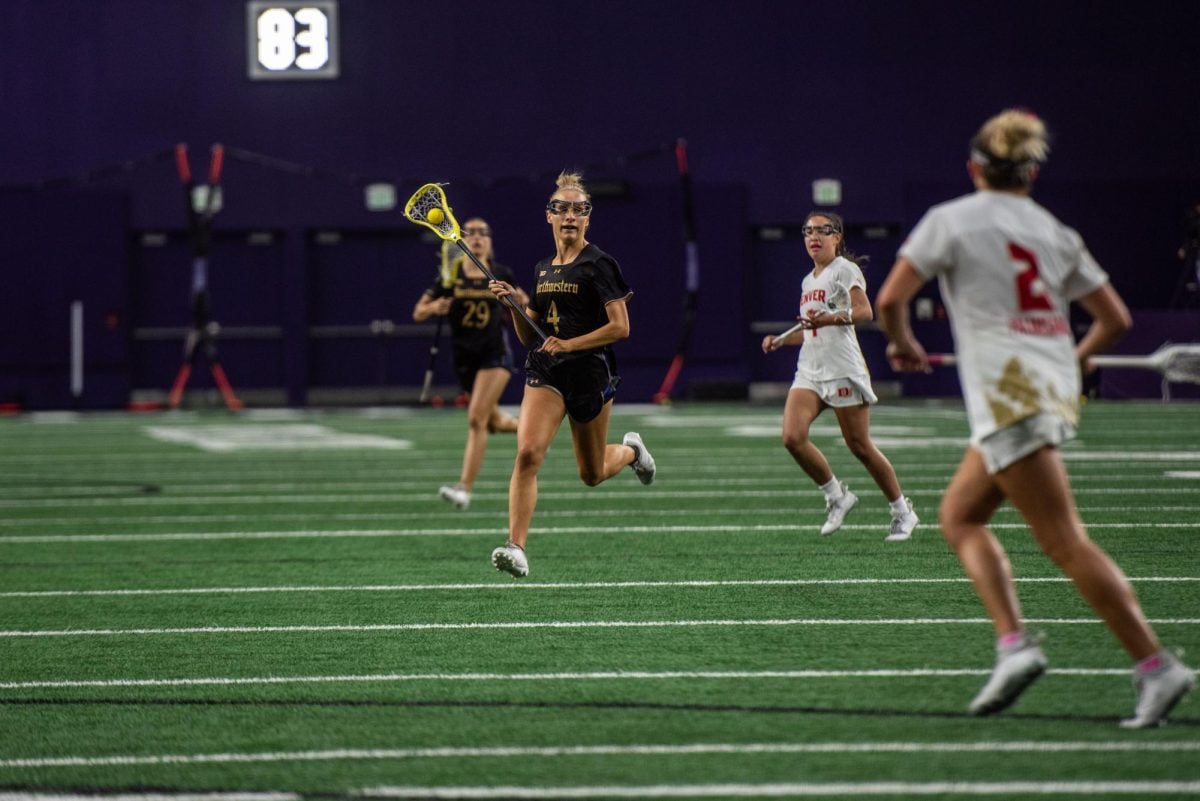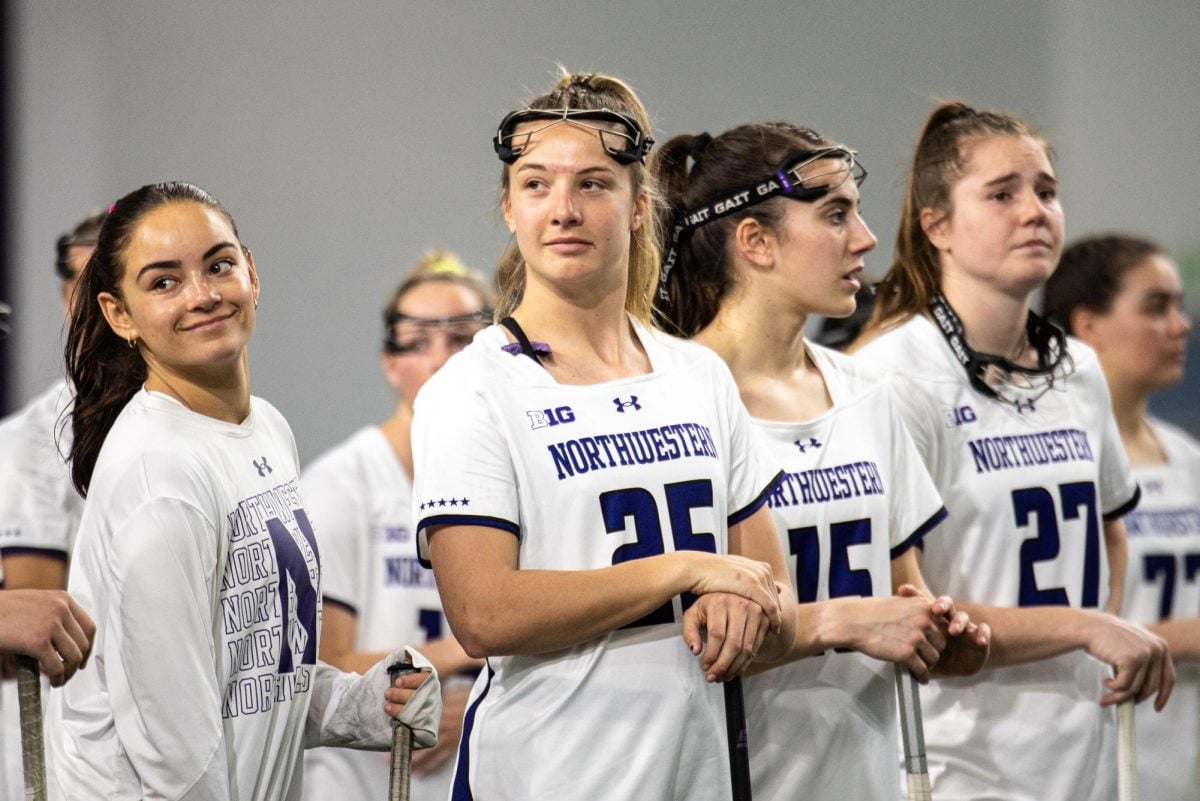If playing football at the Division-I level appears tough today, imagine what it was like in the mid-to-late 1940s. There were fewer teams, rosters were half as big and many players lined up on both sides of the ball. Not only that, but the return of the World War II veterans, in addition to the regular high school graduates, created a backlog of players with collegiate eligibility.
“I was awestruck,” said Gaspar Perricone, a fullback who didn’t serve in the war. “I had no idea there were that many good football players. I first went out for football my freshmen year (in 1947) and there were 300 guys there – I had never seen that many football players in one group in my entire life.”
The competition was stiff, and the high schoolers faced an uphill battle. The veterans were more developed physically, since they were at least three or four years older and in top shape after serving in the war.
The high schoolers also couldn’t match the mental and emotional maturity the veterans experienced from fighting.
“They had no idea what the veterans had been through to get to the university,” said Ed Nemeth, who played on both the offensive and defensive lines at NU. “It was quite a remarkable difference between the youngsters just out of high school and the veterans.”
The war noticeably altered the veterans’ attitude. Glenn Opie, a drum major on the marching band, recalled “the World War II veterans were rather reserved, considerably reserved over your typical 18-year-old kid.” Opie had been on the Destroyer, a battleship in the Pacific Ocean, during the war.
Because of the G.I. Bill, the government paid for the veterans’ education. Some of them ended up at a different school after the war than they had attended before reporting for duty.
Nemeth fell in that category. He went to Illinois for a month and even played in a few games. But he was summoned by the 101st Airborne Division at the end of September.After Nemeth finished his collegiate career at NU, Illinois refused to acknowledge his participation in 1943.
“Illinois never gave me a letter,” he said. “They said, ‘We can’t give you one because you earned four at Northwestern.'”
The veterans suited up for service-affiliated teams during the war to keep their skills sharp. As it turned out, playing for those teams helped the veterans improve because they competed with and against many professional players.
For example, halfback Frank Aschenbrenner went to Marquette before training for the Navy Air Corps in 1944 at North Carolina Pre-Flight. One of his teammates was Cleveland Browns star quarterback Otto Graham, an NU alum. Aschenbrenner played at Great Lakes the following year for coach Paul Brown, who ordinarily ran the Browns in the All-America Football Conference. Brown later acquired the professional rights to Aschenbrenner, and the two had a mutual appreciation.
“He was a super, super guy, not just a coach,” Aschenbrenner said.
A few of the veterans returned to Evanston with additional responsibilities. They didn’t just have themselves to worry about – they had a family to provide for as well.
“Six of us were married, so we were a bunch of old codgers,” said halfback Ed Tunnicliff, a tank driver in World War II.
After the war, the Wildcats came together better than most teams did. The players remember a particularly strong camaraderie in 1948, which helped them advance to the Rose Bowl.
As for the effect of winning in Pasadena? It gave the veterans and non-veterans a common cause to support, bringing everyone on campus closer.
“The fact that the team was going to the Rose Bowl unified the university,” Nemeth said. “The students were behind us 100 percent, there’s no question about that.”



